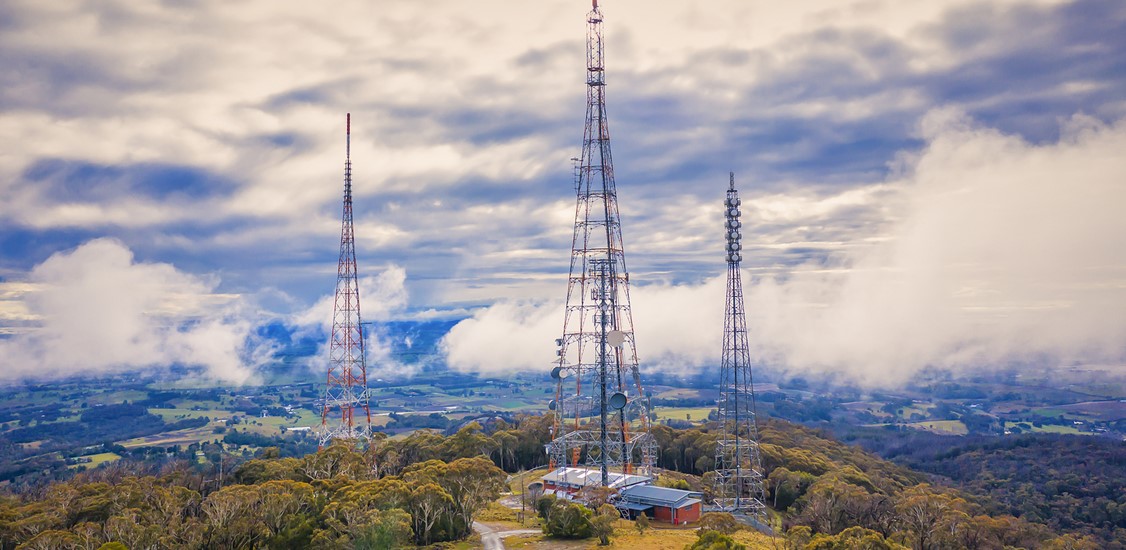Open RAN has been a hot topic in the digital space for many years. In 2021, it got hotter. A year where everyone saw the world truly adapting to the new normal, 5G adoption was at the highest. The network creators across the world invested more heavily in open technologies. So much so that Dell'Oro Group revised the Open RAN radio and baseband revenue projections by $5 billion between 2022 and 2025. This year began with the news of Vodafone turning on the first live 5G open RAN site in the U.K. It is becoming more and more clear that the momentum is on Open RAN’s side and it will continue in 2022 and beyond. Here are four (4) predictions about what Open Ran will enable in society in 2022.
#1: Become a state subject
2021 saw several governments coming on board the Open RAN landscape with the underlying belief that it will be the foundation of new wireless technologies and lead to more diversity in the supply chain. The government agencies not only analyzed, debated and voiced the support for Open RAN, but also announced millions of dollars to develop and test open technologies. In 2022, more support from policymakers will pour in resulting in massive funding and ecosystem development. The signs are already there - The Federal Communications Commission (FCC) in the US is already promoting the benefits of Open RAN to support 5G networks. In addition, India is mulling implementing default security features in the Open RAN for telecom services at the earliest. In Europe and in MEA, the MoUs signed by the respective operators to support Open RAN cited “the European Commission” and the “national governments” as key stakeholders.
“In 2022, more support from policymakers will pour in resulting in massive funding and ecosystem development.”
#2: Enable wider rural connectivity in developed countries
Open RAN has the potential to stimulate adoption and deployment in rural areas, eliminating many of the challengesthat make network creators reluctant to broadband-enable the rural areas. It enables better network economics, more scope of innovation and faster speed of deployment. With Open RAN’s ability to provide cost-effective rural connectivity, service providers are already moving away from their existing proprietary wireless networks. Open RAN is already powering up to 20% of rural connectivity needs in developed economies and up to 60% in developing economies. These numbers are only going to increase as the technology matures.
#3: Make system integrators the centre of attraction
With Open RAN becoming an integral part of digital broadband networks across the globe, companies with the skills and ability to provide system integration systems will perhaps emerge as the most important stakeholders. With the inclusion of a range of software and hardware from different vendors, interoperability and deployment scenarios will be more complex. This will make system integration the most critical aspect of a network rollout and will lead to new business and deployment models.
#4: Pave the way for sustainability
The Internet and supporting network components account for ~3.7% of global greenhouse emissions. With overall energy consumption set to go up with 5G, Open RAN will contribute significantly to energy savings, hence reducing carbon emissions. With scalability and demand-based usage, processors that are processing radio software for Open RAN can be turned down or run other applications during non-peak times, as Open RAN is built on standard hardware compute platforms. This is not possible with proprietary baseband systems using dedicated, non-reusable hardware.
In the last couple of years, Open RAN has had more than a foot in the door with close to 30 countries deploying or trying the technology. A primary reason for that was the great network economics and supply chain diversity that Open RAN brings to the table. However, MNOs have now realised that Open RAN is more than that. It is a matter of time for Open RAN to become the foundation of networks of the future.






















